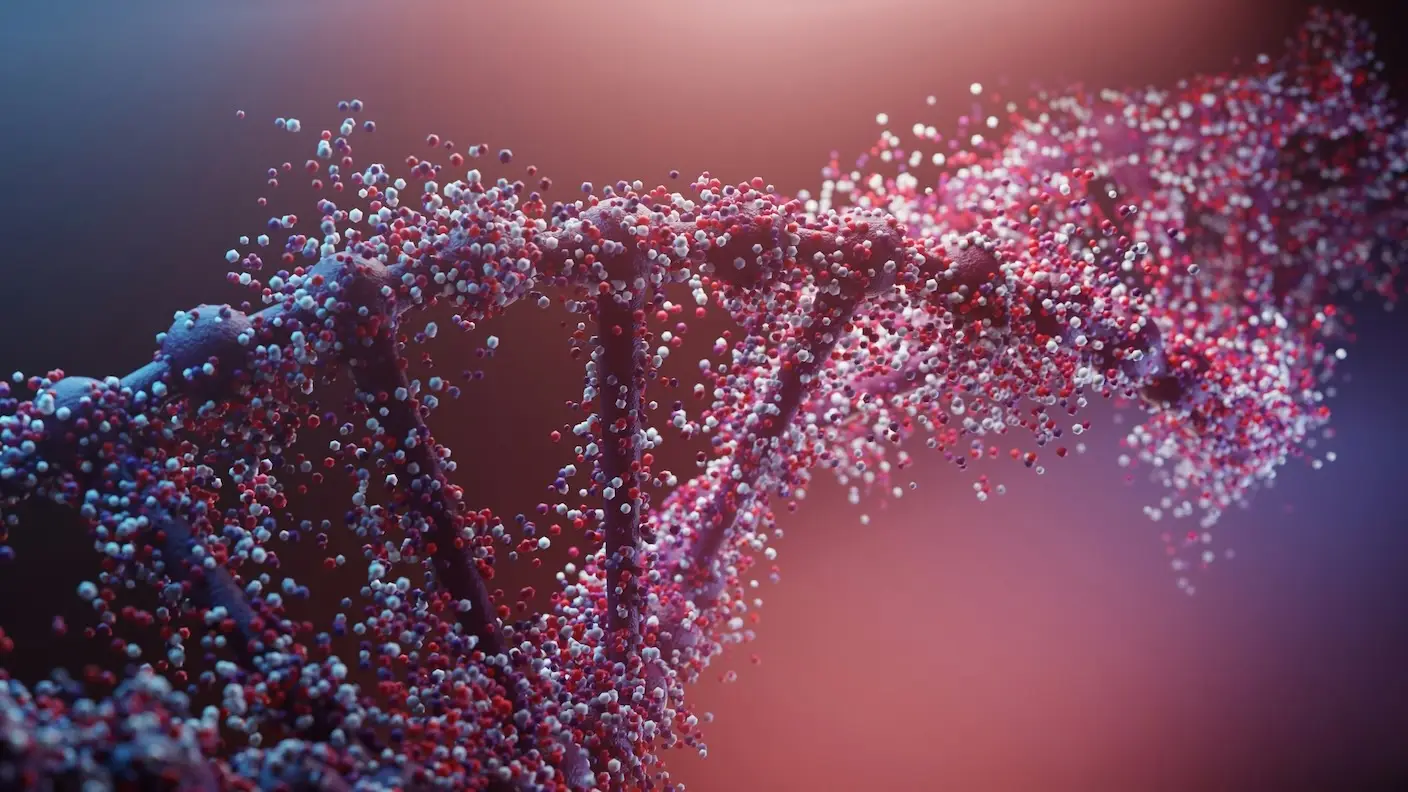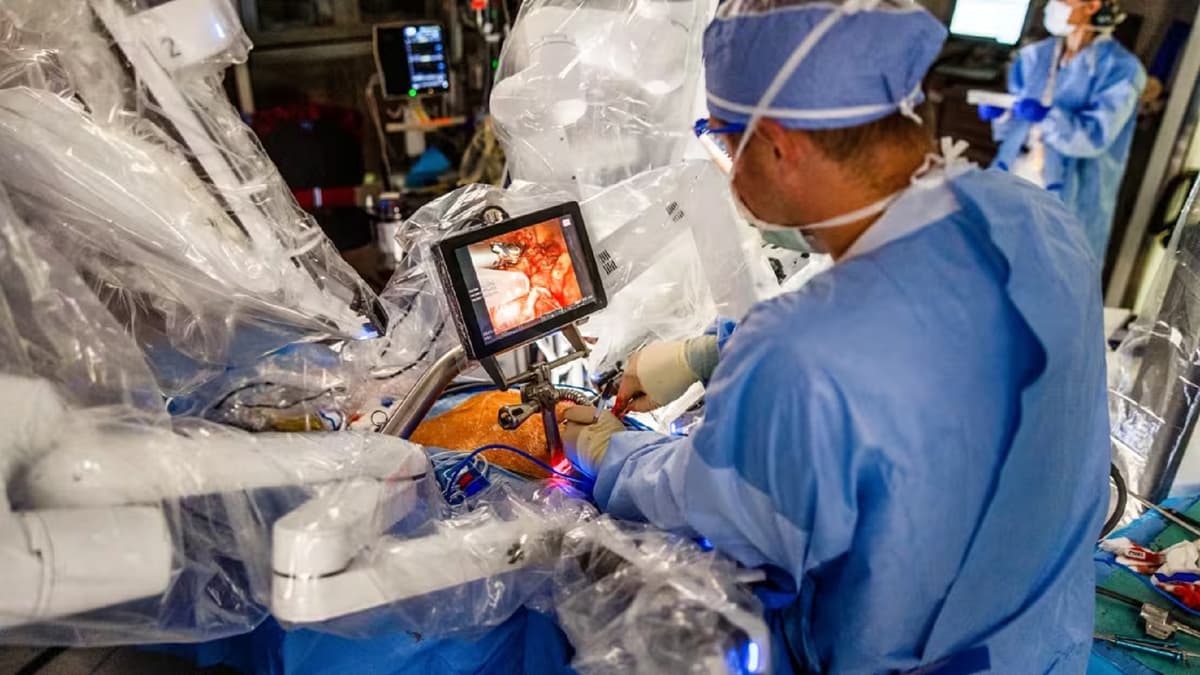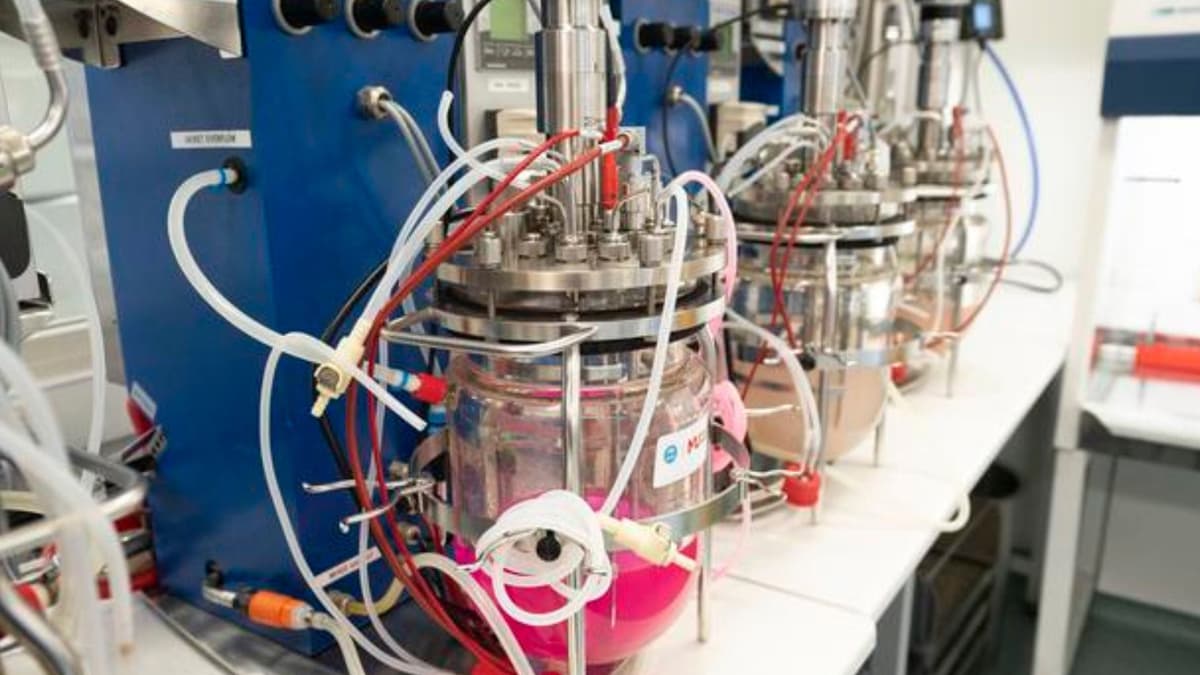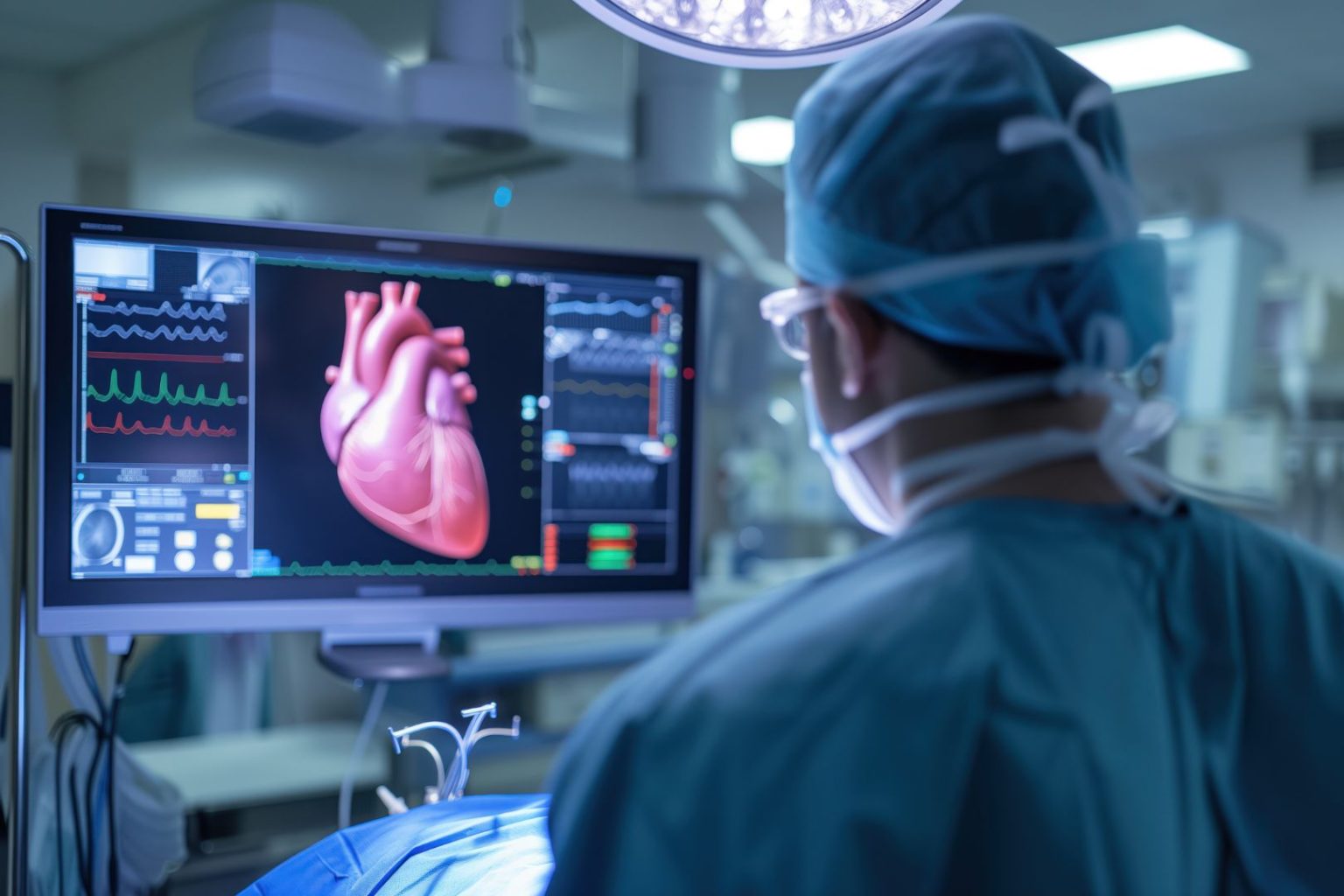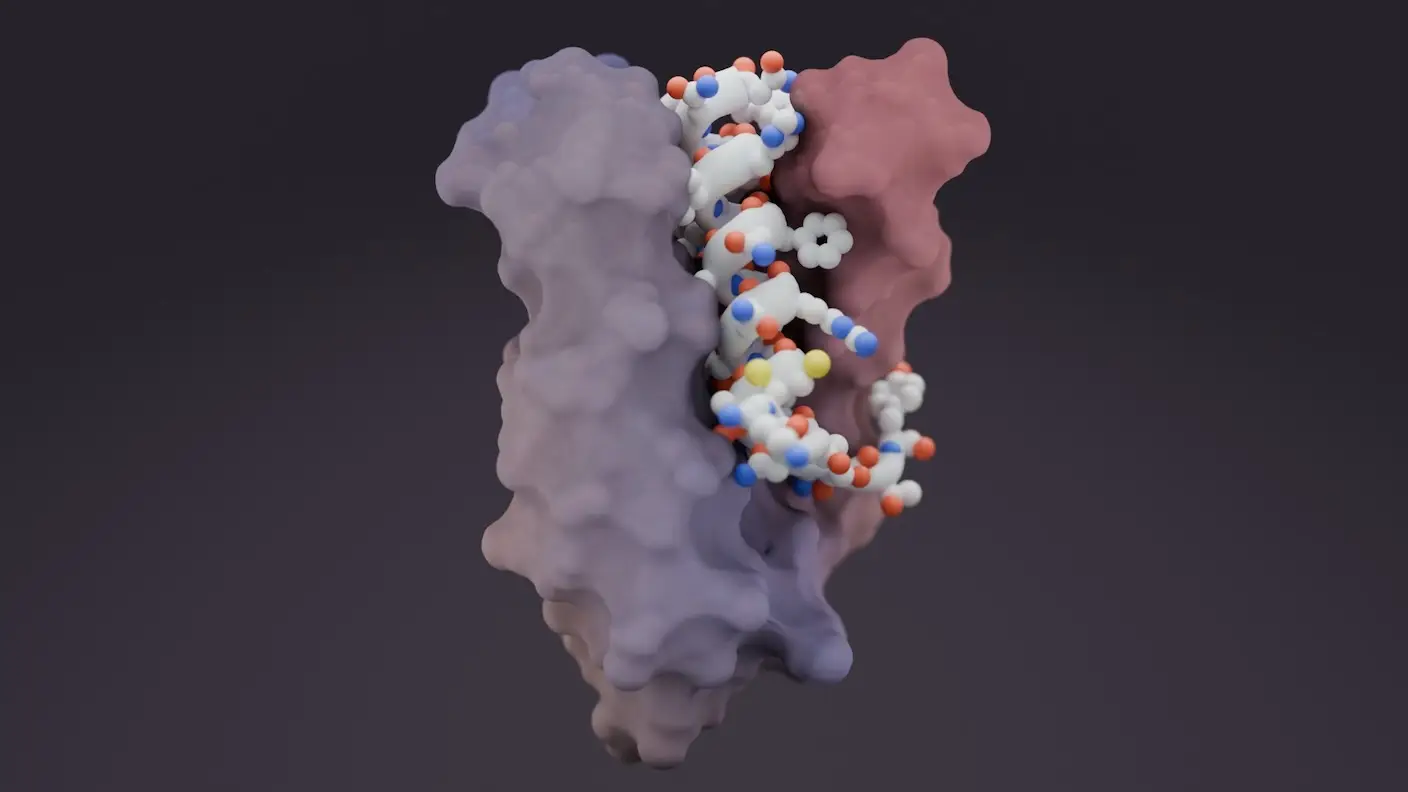For years, scientists stared at the human genome and shrugged. We mapped it, sequenced it, even gave it a name—the Human Genome Project. But when it came to understanding what most of that DNA actually does, we were flying blind. Only about 2% of our genetic code directly tells cells which proteins to build. The rest—an eerie 98%—was long dismissed as “junk.”
Not anymore.
Google DeepMind just dropped a molecular bombshell: AlphaGenome, an AI that doesn’t just read your DNA—it predicts how the darkest corners of it control your body’s machinery. It’s not just looking at genes. It’s reading the switches, regulators, silencers, enhancers, and hidden messages that tell those genes when, where, and how to act.
Continue reading… “Google’s AI Is Decoding the Genetic “Dark Matter” That Controls Us All”
